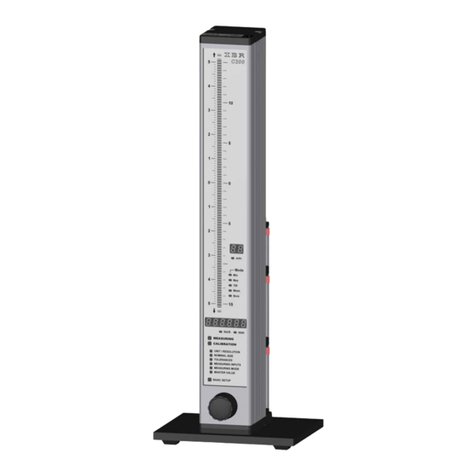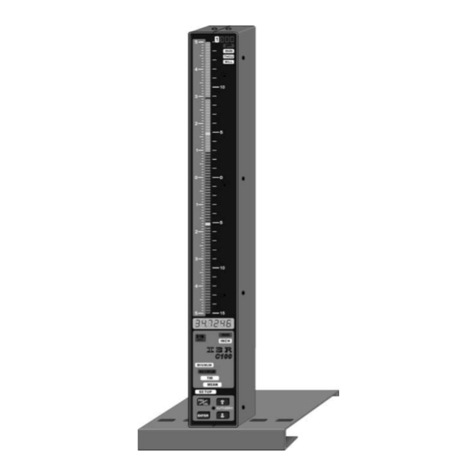
2
Instruction Manual C100
Contents
1. Introduction
1.1 General information .............................................................................................................. : 3
1.2 Measurement and display features ...................................................................................... : 3
1.3 Front and rear panel ............................................................................................................. : 4
1.4 Dimensions .......................................................................................................................... : 5
1.5 Connectors round-up ........................................................................................................... : 5
1.6 Technical data....................................................................................................................... : 6
2. Getting started
2.1 Delivered items...................................................................................................................... : 7
2.2 Fitting the footplate................................................................................................................ : 7
2.3 Connecting inductive probes ................................................................................................ : 7
2.4 Connecting the pneumatic converter AE1 ........................................................................... : 8
2.5 Linking column gauges and connecting analogue voltages ................................................. : 8
2.6 Connecting a foot or hand switch.......................................................................................... : 9
2.7 Connecting an adapter for tolerance outputs ....................................................................... : 9
2.8 Connecting a PC, multiplexer or statistic printer ................................................................... : 10
2.9 Connecting to the power supply ........................................................................................... : 10
2.10 Power on / Self test ............................................................................................................... : 10
3. Programming the column gauge
3.1 Key functions......................................................................................................................... : 11
3.2 Foot switch functions............................................................................................................. : 11
3.3 Quick programming guide for programmers in a hurry ........................................................ : 12
3.4 Programming menus ............................................................................................................ : 13
3.5 Basic settings / Setup menu.................................................................................................. : 17
3.6 Restoring factory settings...................................................................................................... : 21
3.7 Changing system settings .................................................................................................... : 21
3.8 Error messages / Error corrections ...................................................................................... : 21
4. Working with the column gauge
4.1 First start-up ......................................................................................................................... : 23
4.2 Measurement operation ........................................................................................................ : 23
4.3 Mechanical adjustment of inductive probes .......................................................................... : 23
4.4 Zero adjustment of gauges ................................................................................................... : 24
4.5 Automatic gauge calibration ................................................................................................. : 24
4.6 Calibration of Probe inputs ................................................................................................... : 25
4.7 Working in Multi gauging measuring mode .......................................................................... : 25
5. RS232 interface
5.1 Transmission format ............................................................................................................. : 26
5.2 Data format ........................................................................................................................... : 26
5.3 Requesting measured values ............................................................................................... : 26
5.4 Transfer of measured values ................................................................................................ : 27
5.5 Importing measurement values into Windows applications ................................................. : 28
5.6 Importing measurement values into MS-EXCEL ................................................................ : 28
6. Pin assignments of connectors
6.1 Connectors of the column gauge ......................................................................................... : 29
6.2 Plug-in terminal blocks ......................................................................................................... : 30
7. Accessories and order information ............................................................................................. : 32
8. Safety Instructions ....................................................................................................................... : 34
9. Declaration of conformity ........................................................................................................... : 35
10. Guarantee ....................................................................................................................................... : 35






























